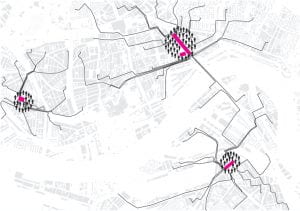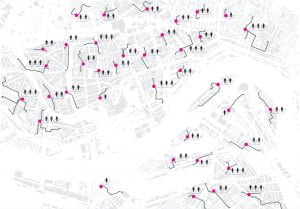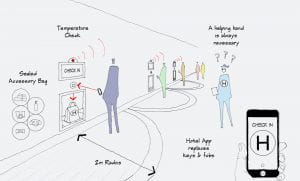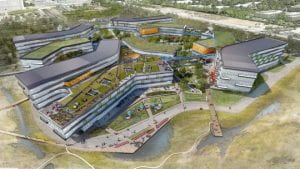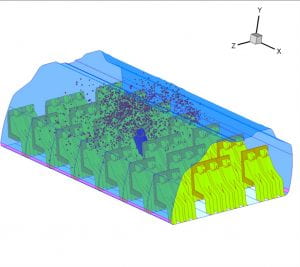Perkins & Will, USA | Schmidt Hammer Lassen Architects, Denmark | Arup Group, Denmark
https://www.bdcnetwork.com/blog/global-design-firms-collaborate-new-covid-19-mobile-testing-lab-bring-testing-vulnerable

Underserved and high risk communities have less access to healthcare and testing. Retrofitted school buses combined with mobile app access can provide a scalable and cost-effective solution for mobile testing. Mobile and accessible innovations are necessary in eliminating the disproportionate care underserved communities are experiencing. This not only provides a solution for testing in times of COVID-19 but could be adapted in the future for different uses to provide better healthcare services and much needed access to resources.

